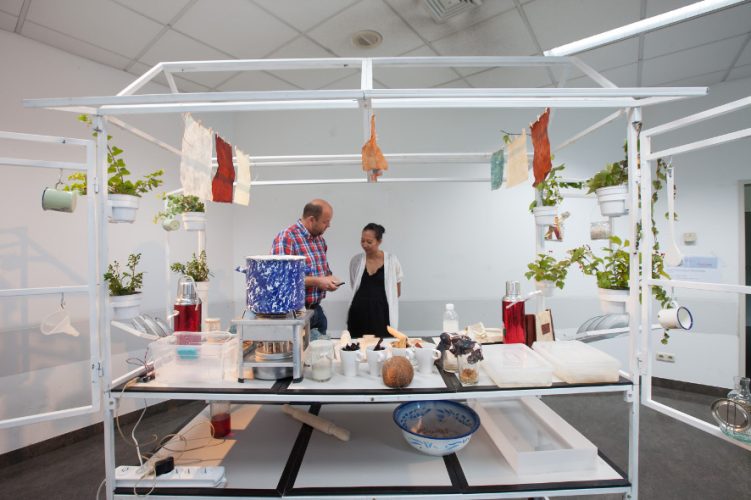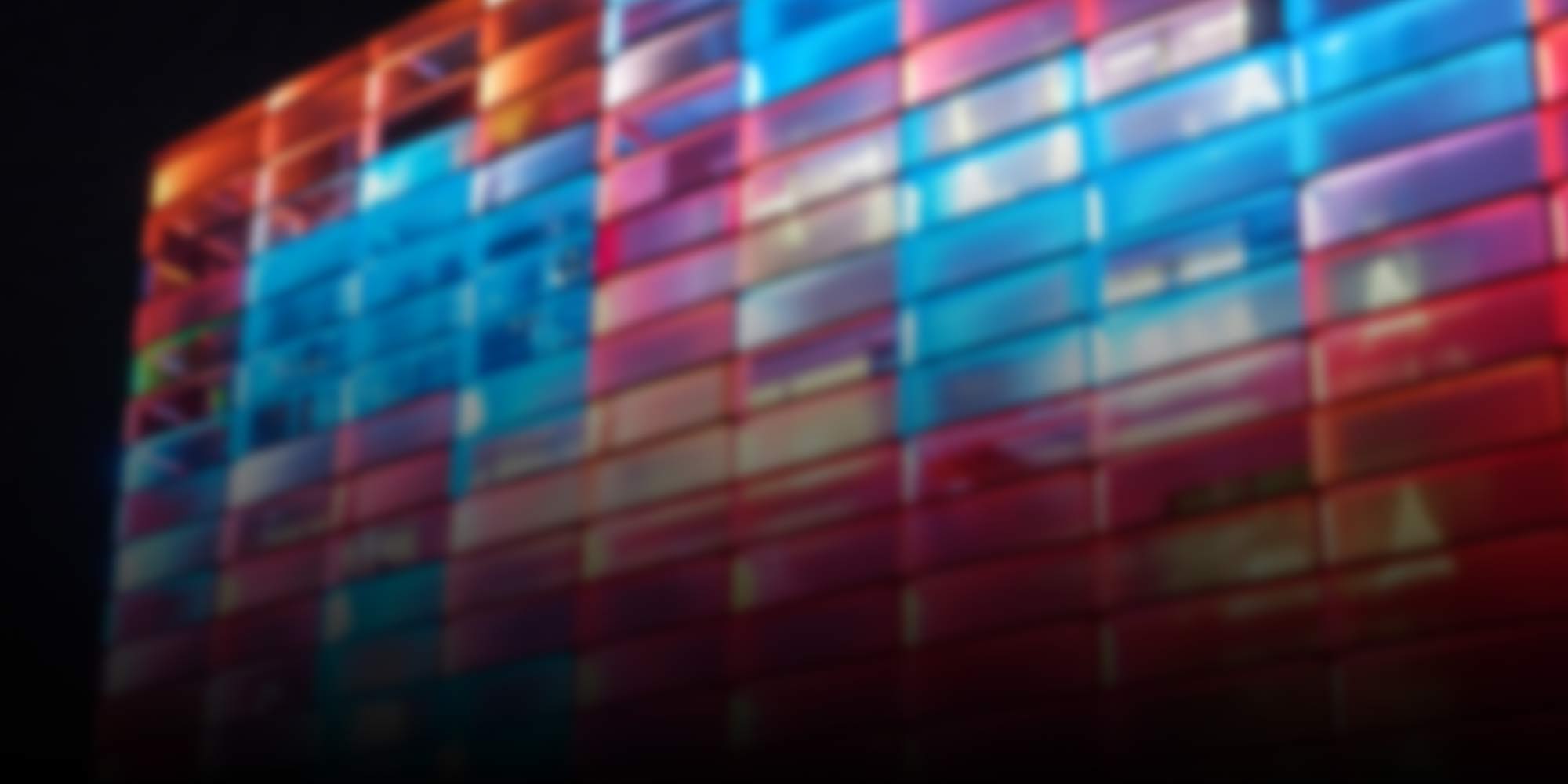
2015
-

2015: The Year in Review
A lot can happen in a year! Let’s take a retrospective look at Ars Electronica’s activities in 2015.
-
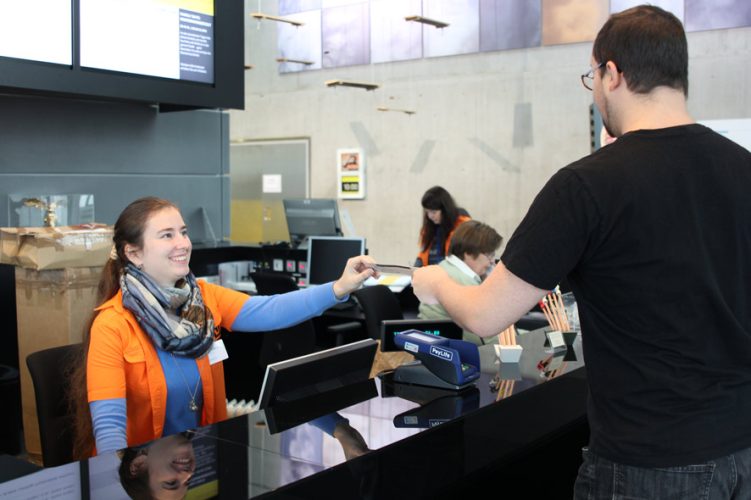
Meet Raffaela and Joan
Raffaela Vornicu was looking for a job; Joan Bairam had fled from Syria. Now, both are working at the Ars Electronica Center. What they bring to the job are a healthy measure of curiosity, an extraordinarily high level of commitment and impressive language skills.
-
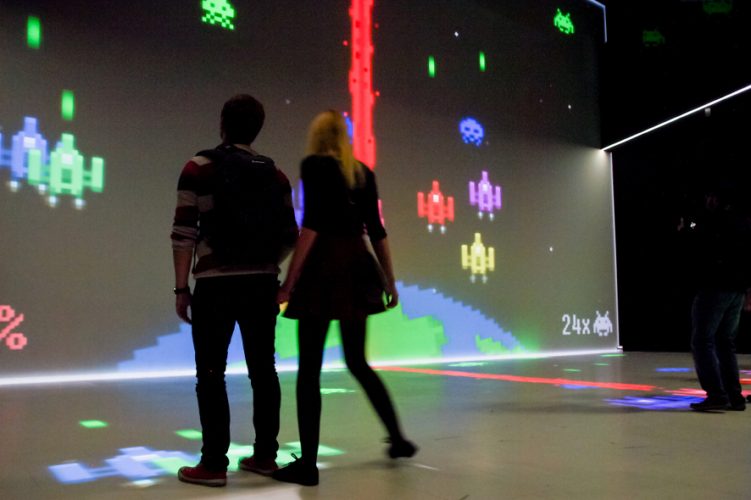
Get Moving! Game Changer Suite in Deep Space 8K
Jeremiah Diephuis and his students in the Interactive Media program at the Upper Austria University of Applied Sciences’ Hagenberg Campus are reliable providers of content for Deep Space—in 8K too. The Game Changer Suite game collection has already mobilized lots of visitors to the Ars Electronica Center.
-

CERN: A Journey through the World of Science
In autumn 2015, the English artist duo Ruth Jarman and Joe Gerhardt began their two-month residency at CERN, the world’s largest particle physics research facility in Geneva. Here they present a first visual interim report of their work at CERN.
-

ŠKODA Rallye 3-D: Motorsport Right Up Close
What does it really feel like to race down a narrow gravel road at speeds of up to 150 km/h? For a dealer conference held by carmaker ŠKODA, the Ars Electronica Futurelab produced an action-packed 3-D video that’s now being screened for Ars Electronica Center visitors in Deep Space 8K.
-

The Sixth Wave of Mass Extinction
The experimental/industrial/techno duo raum.null delivers the musical accompaniment to a nightmarish vision of mass extinction hopped up on disturbing visuals courtesy of VJs VeroVisual, voidsignal and Flockaroo.
-
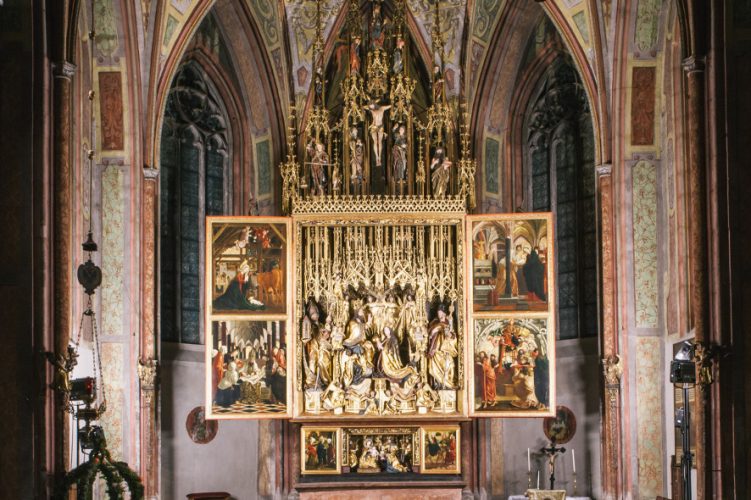
The Pacher-Altar as a Gigapixel in Deep Space 8K
For more than half a millennium the altar of St. Wolfgang expresses the latest highlights of medieval art creation before the Reformation. Now the Linz photographer Florian Voggeneder has made a high-resolution gigapixel of the Pacher-Altar. In Deep Space LIVE theologian Dr. Michael Zugmann and art historian Dr. Lothar Schultes presented the details of this…
-

My FutureWorkshop
A “FutureWorkshop” [Zukunftswerkstatt] was staged for the fifth time at the Ars Electronica Center this week. One of the participants was 20-year-old Hilal Celepci, who was attending this program designed to foster unemployed young people for the second time. Here, she gives us a behind-the-scenes look at FutureWorkshop.
-

Point clouds of the past
Archaeologists are increasingly using laser scanning technology, as shown in the example of the Upper Austrian Provincial Museum in collaboration with EF Tech. It allows to capture historical places and buildings as three-dimensional objects and thus to preserve them for posterity.
-

Nurturing Ideas that Advance the Net
The internet has changed our world, and continues to do so daily. In Austria, netidee is an initiative which annually provides grants to support the implementation of new ideas that promote the advantages of online networks. Here are the 2015 funding recipients.
-
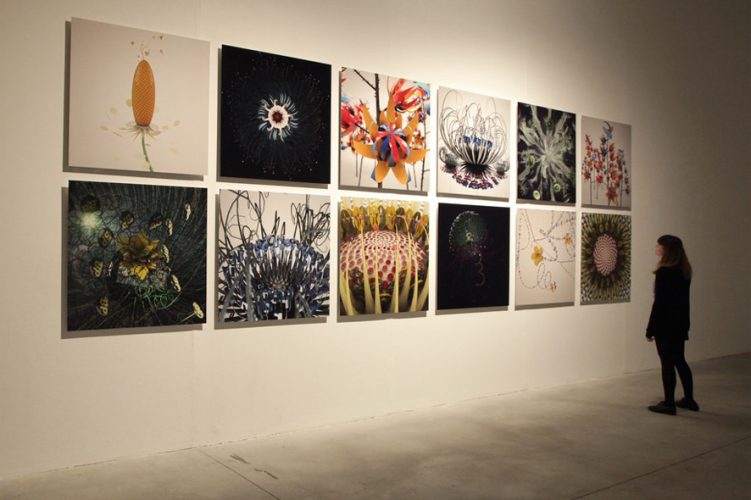
Back to Materia Prima
The question of the starting point, the Materia Prima of our world, quickly comes up when art gets in contact with science and vice versa. The correspondent exhibition of Ars Electronica and LABoral in Spain deals with the interaction of these two fields.
-
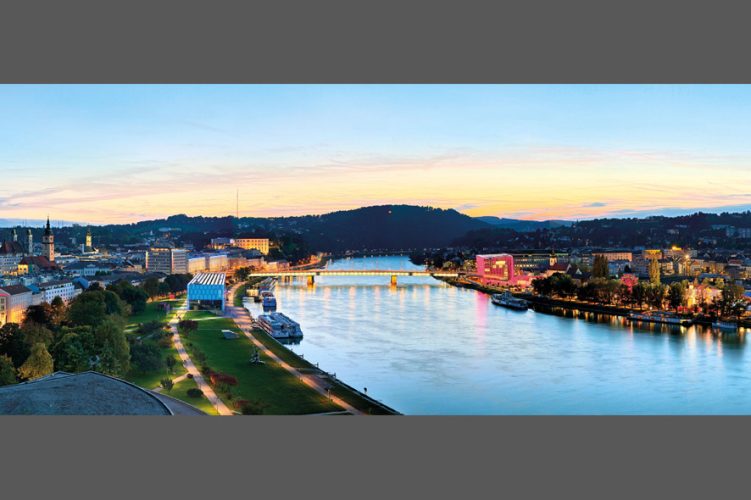
Panoramic Photography: Pictures with vision
Conventional image formats are definitively too undersized – the Austrian photographer Johann Steininger is specialized in wide panoramas where the viewing angles range up to 360 degrees. Now he presents a collection of them in the Deep Space 8K at the Ars Electronica Center.
-

You are a number now
You have left everything behind and have just arrived at a refugee camp. Now a period begins in which you are only noticed as a number. In his lecture development worker Kilian Kleinschmidt persuaded that this does not need to be this way.
-
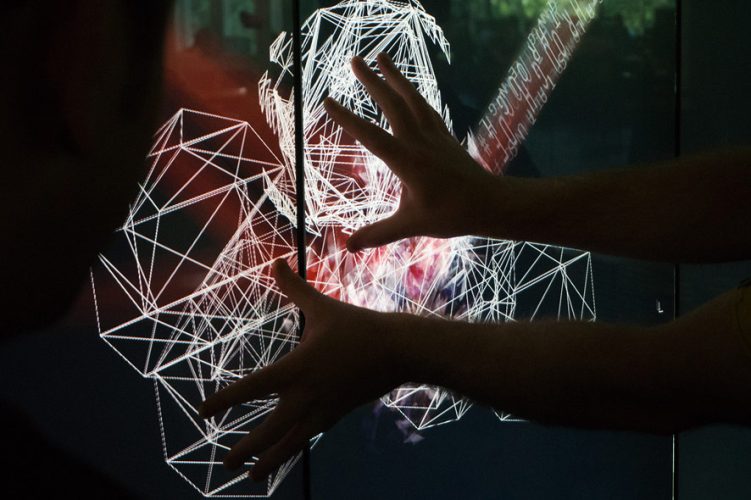
The Soul of the Cube: A Glimpse into the Soul of a Campus
What intelligence agencies, IT corporate giants and customized apps do to create profiles of perpetrators, users or customers is precisely what takes place for purely artistic purposes under the aegis of a project named “Soul of the Cube.” Data gathered by Queensland University of Technology and the Ars Electronica Futurelab are applied to visualize the…
-
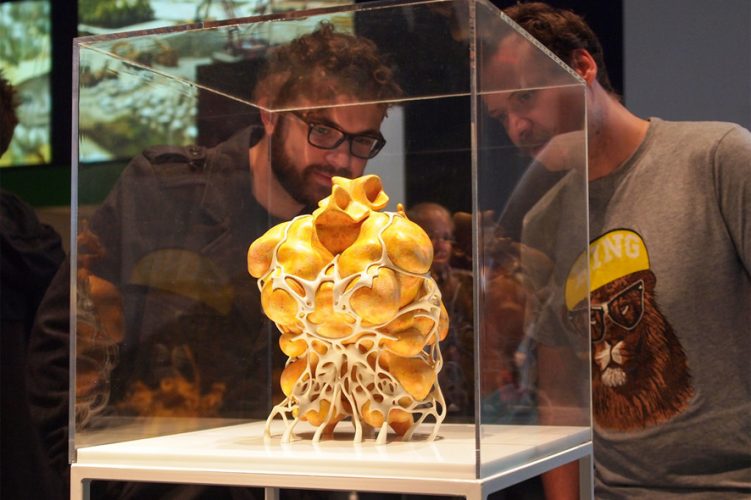
Nick Ervinck: 3D printing out of passion
Nick Ervinck is a master of 3D printing. In an interview with Ars Electronica he talks about the sources of inspiration for his organic and surreal sculptures and why he is so fascinated about 3D printing.
-
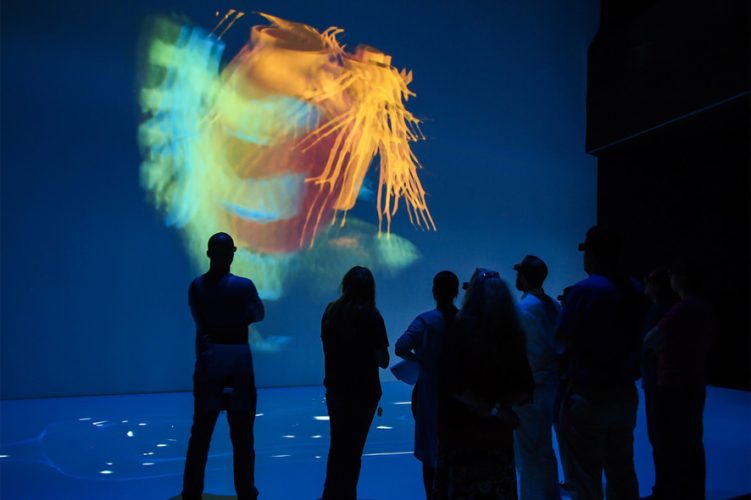
The Heart Beating in 3-D
It turns out that you can peer into a person’s heart after all! The latest visualizations by the Fraunhofer Institute for Medical Image Computing (MEVIS) make it possible to see what goes on in our blood vessels and understand what’s happening.
-
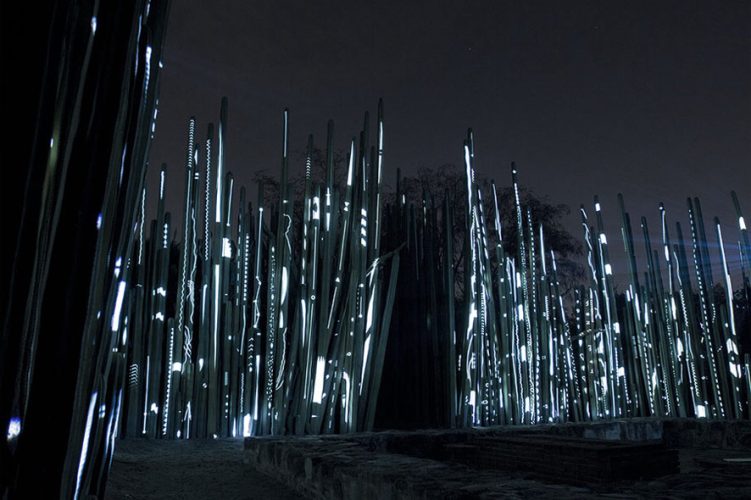
Video Mapping: Animations beyond the screen
Ferry wheels, historic buildings and cactuses – it does not always have to be a flat and limiting screen, where animations can be projected on, as shown in the video mappings by Romain Tardy.
-

Artistic views on science
New perspectives, inspiring connections and a better understanding of contexts. Artists of the exhibition “Elements of Art and Science” talk about what they expect from the linking of both areas.
-
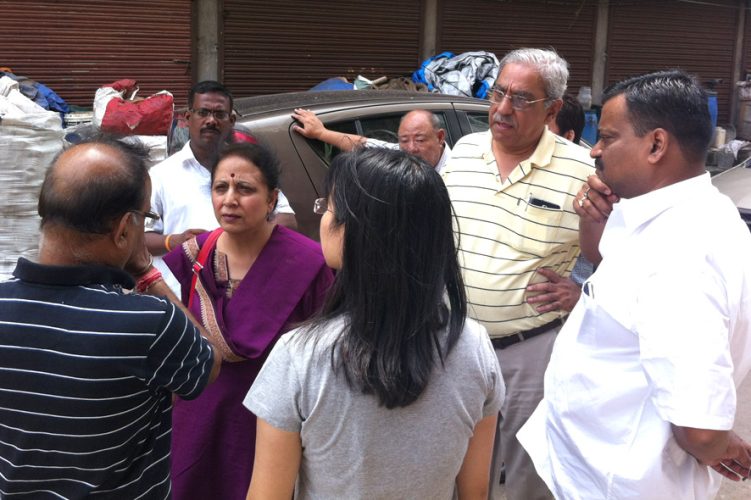
Social Capital in the City
In 2050 about two-thirds of the world’s population will live in cities. Geeta Mehta, professor at the Columbia University, is thinking about our living together in the future.
-
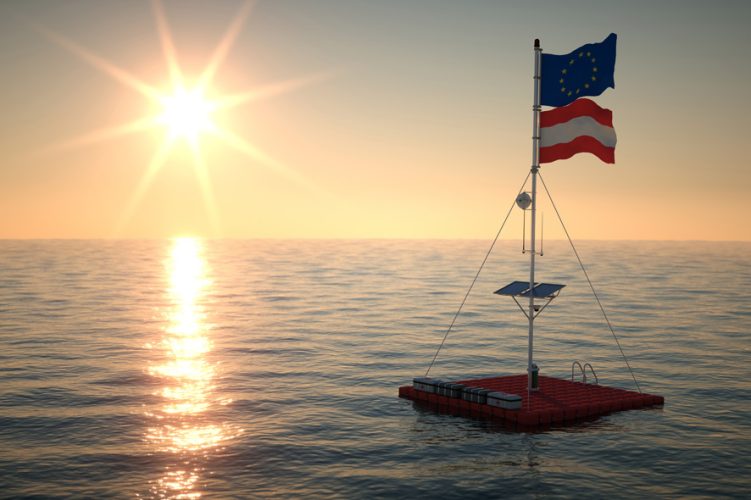
Digital Spring 2016: What Can Digital Activism Accomplish?
In raising consciousness of sociopolitical conflict zones, the Digital Spring 2016 Festival in Salzburg will highlight the possibilities afforded by media art as a means of addressing such issues as the sorely needed policy for dealing with refugees, acts of right-wing vandalism, restrictions placed on freedom of speech and other forms of discrimination.
-
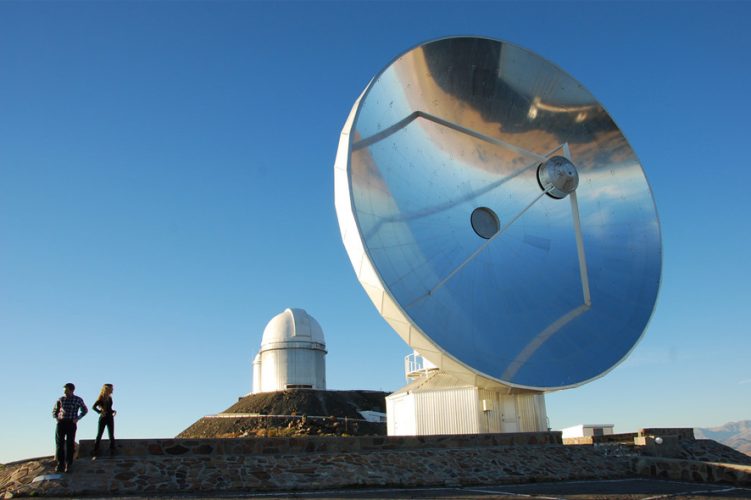
Inspiring Journeys into the World of Science
The European Art and Science Network is once again offering interested artists the chance for a creative sojourn at the European Southern Observatory (ESO) in Chile and at the Ars Electronica Futurelab in Linz. Here’s an account of how the first such residency played out.
-

“Unity” in Deep Space 8K
At the conference “Unite 2015” in Boston, the team of the Ars Electronica Futurelab presented the “Human Bodies: The Universe Within” project, which was realized with the development environment “Unity”.
-
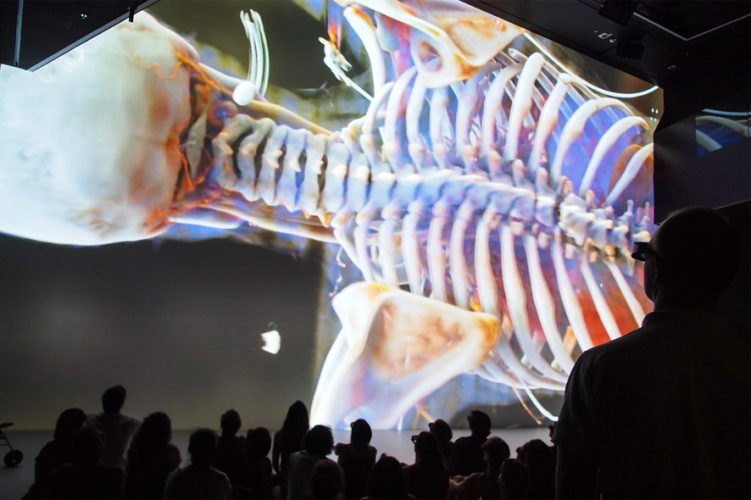
Cinematic Rendering: Big-Screen Anatomy
Cinematic Rendering takes 3-D depictions of the human body to the next level of image quality. This project, which was developed by Siemens Healthcare and is now being shown in Deep Space 8K, is a vivid example of how science too can benefit from artistic impetus.
-
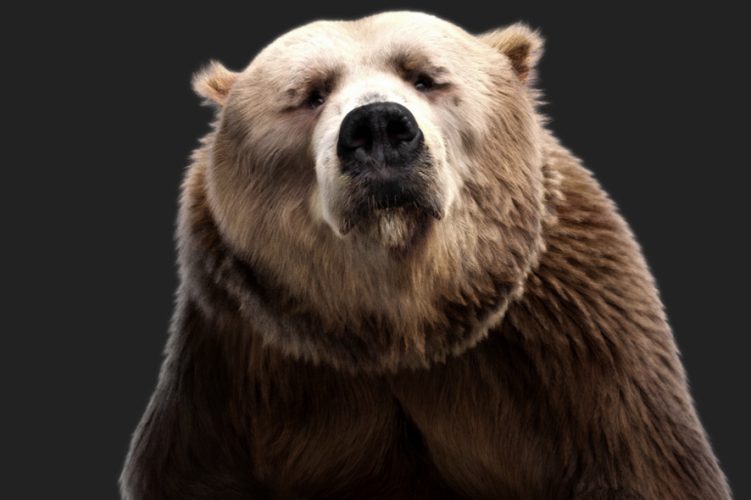
“So I went the boring way”
2015 Golden Nica winner Alex Verhaest and Pascal Floerks, this year’s winner of an Award of Distinction, talked with jury member Erick Oh about their animations and motifs behind.
-
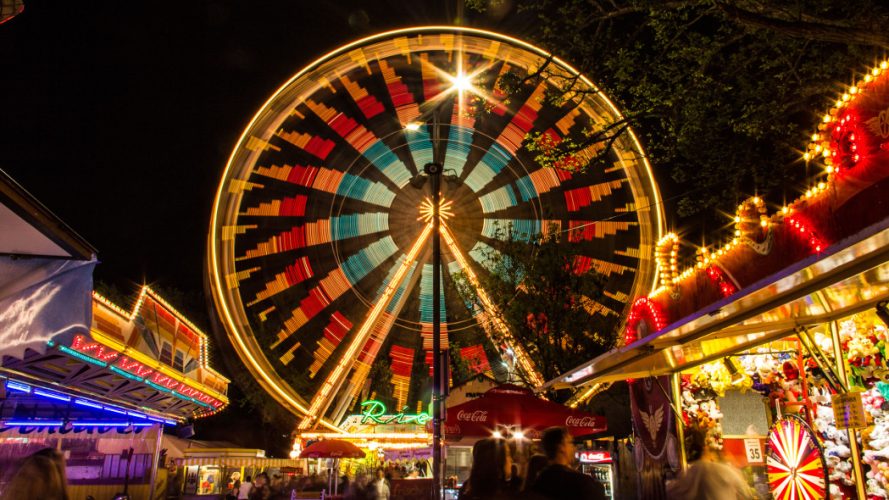
Urfixed Light Animation
“Urfixed Light Animation” is a fascinating stop-motion video featuring hectic light-painting backed by a high-energy soundtrack. It shows Linz’s semiannual Urfahr Fair from a totally new perspective.
-
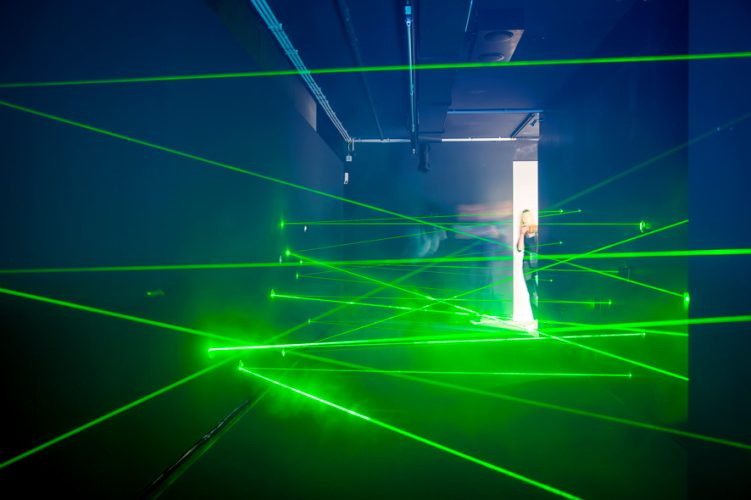
Spy Museum Berlin: On the Trail of Secret Agents
Spies, secret agents and intelligence operatives take note: In Berlin, state-of-the-art technologies are being used to blow the cover of all sorts of espionage activities. To find out more, visit Spy Museum Berlin, a joint operation with Ars Electronica Solutions.
-
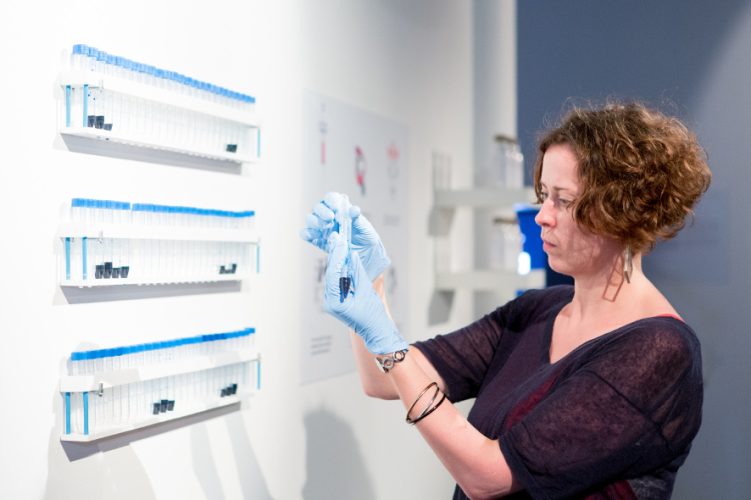
Visions in the Future of Health, Medicine and Wellbeing
In conjunction with the EU’s Sparks project, the Ars Electronica Futurelab is addressing an Open Call to artists with visions involving new technologies in the areas of health, medicine and wellbeing.
